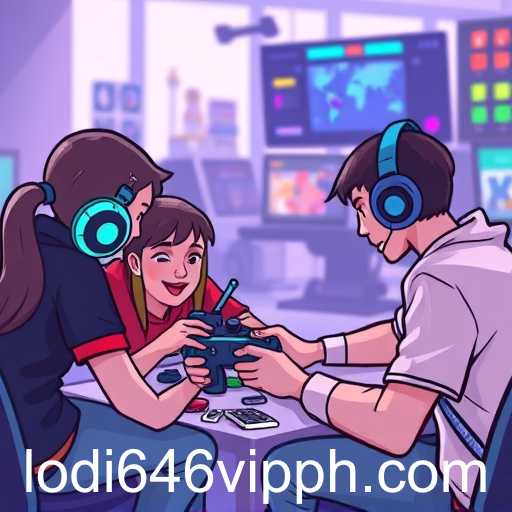In recent years, the intersection between gaming and education has grown more prominent, as interactive platforms begin to reshape traditional learning environments. Among the trailblazers in this movement is Lodi646, an online gaming website primarily known for its innovative approach to interactive education.
Educational institutions worldwide are increasingly recognizing the value of incorporating gaming mechanics into their curricula. Such platforms offer students engaging, immersive experiences that traditional methods often lack. Through gamified learning, students are not only receiving information but are also actively participating in the retention process, thus fostering a deeper understanding and promoting long-term retention of knowledge.
Lodi646 has been at the forefront of this trend, providing educators with tools to integrate gaming into their teaching strategies. By utilizing various interactive elements, the platform caters to diverse learning styles and preferences. Games on Lodi646 often incorporate problem-solving tasks, collaborative challenges, and creative design projects, encouraging students to think critically and work together.
The dynamics of these educational games support the acquisition of crucial 21st-century skills. Beyond subject matter expertise, students develop competencies such as teamwork, communication, and digital literacy. As technology continues to evolve rapidly, so must our educational methods. Interactive gaming, exemplified by platforms like Lodi646, presents a promising avenue for educators seeking to prepare students for the future.
However, as with any technological integration, challenges persist. Critics argue that excessive gaming could lead to distracted learning and reduced attention spans. It is essential that educators find a balance, employing these tools as supplements rather than replacements for traditional methods.
As we move further into the digital age, platforms like Lodi646 will play a pivotal role in shaping the educational landscape. With careful implementation and ongoing dialogue between educators, students, and developers, the future of learning stands to be both exciting and dynamic.








